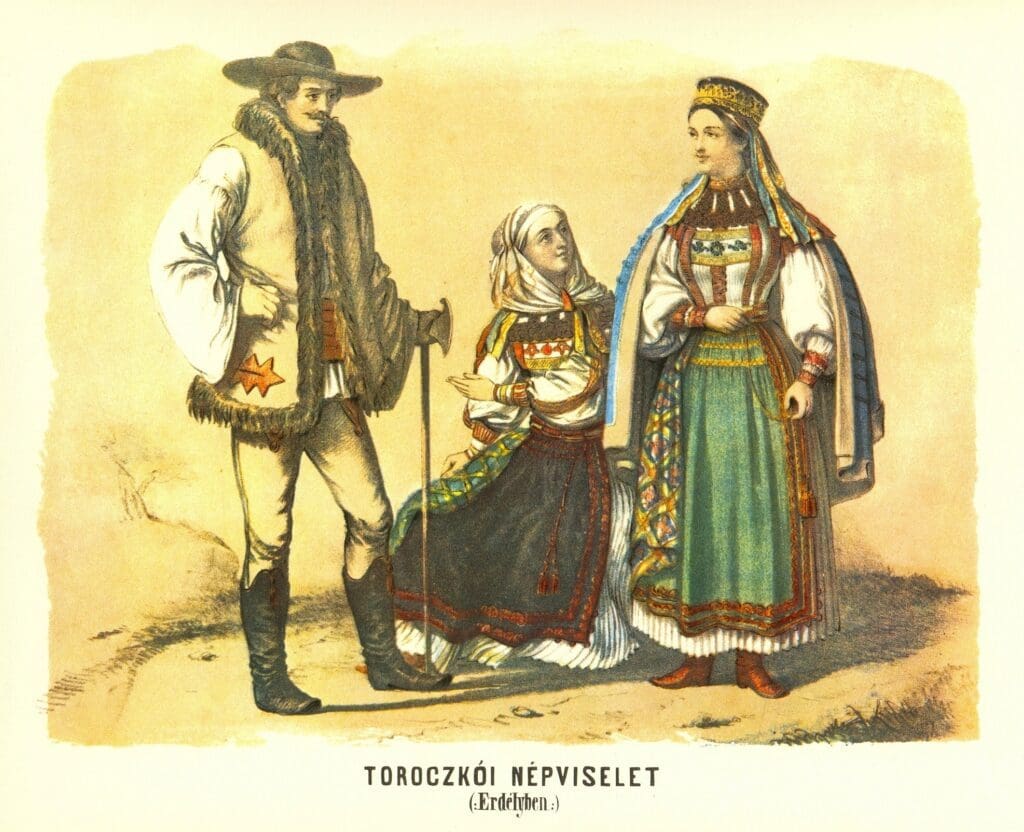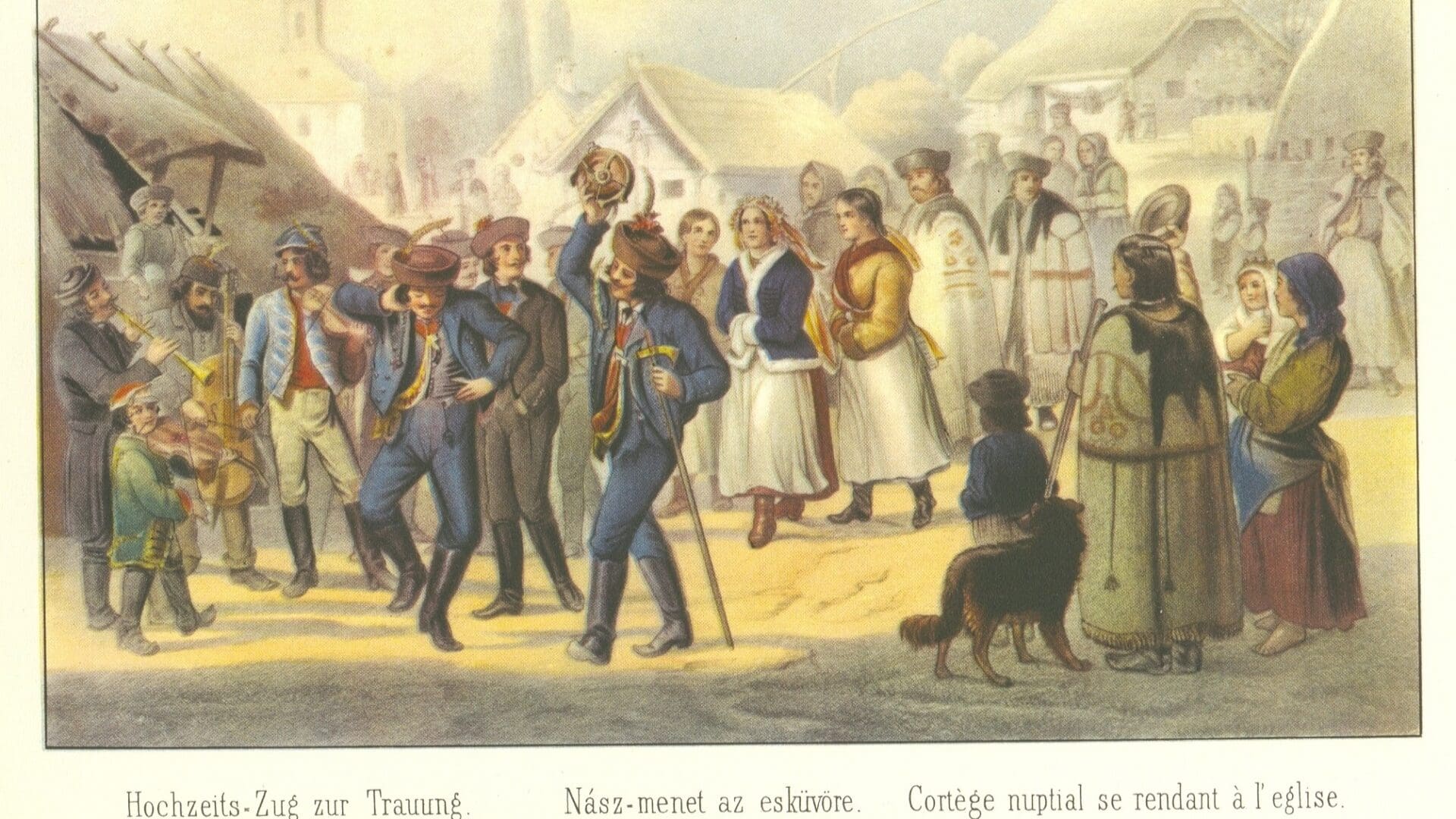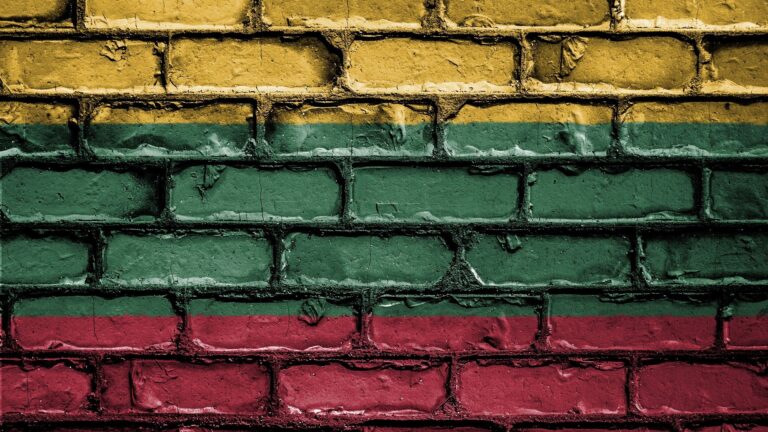When discussing historical weapons, swords often take centre stage as one of the most popular and iconic weapons. Across various countries, including the European ones, swords have carried significant cultural meaning throughout history. Whereas in the broader European context the medieval swords’ romanticism is arguably derived from the mythology surrounding knighthood, in Hungary and several parts of the Central-Eastern European region, the sabre—which is essentially a type of sword, although somewhat different from it—also held a distinguished status as a symbol deeply ingrained in the identity of its people. Our article about Hungarian sabre traditions is recommended reading for those curious to learn more about this fascinating weapon.
While the sword has undeniably held a prominent place in the collective imagination of many cultures, it is important to acknowledge that this perspective might be biased and may overlook the historical significance of other noteworthy weapons—especially given that in the past, swords were often beyond the means of the average person, making them a luxury that only a privileged few could afford. More often that one might think, axes were used for various kinds of activities. Much simpler in making, this weapon is easily adaptable to changing circumstances, which in the past meant that the same axe could serve both combat and household purposes.
One weapon of this kind that exemplifies this versatility is, of course, the Hungarian fokos (pronounced fokosh), which holds tremendous importance as a symbol of Hungarian identity and is an important element of the cultural heritage of the entire Carpathian region.
The Origin of the Fokos
The fokos, known by various names in neighbouring countries such as valaška, ciupaga, topirec’, and more, is believed to have its origins in the weaponry brought to Europe during Hungarian migrations. This weapon traces its roots back to the different types of one-handed axes used by various peoples in the Eurasian steppe. The Hungarians, being one of them, also employed a distinct variation of light, axe-like weapons, wielding them from horseback. The primary advantage of using the axe over sword-like weapons lies in the tremendous force concentrated in one spot due to the weapons’ relatively small edge surface. When this potent force is realised by a powerful swing and amplified by the momentum of a horse charge, the resulting impact can cause devastating damage.
However, it is unclear whether the ancient migration-period prototype can be called a fokos. What can be said for certain is that the more classical form of the fokos emerged much later, starting from the 14th century. This ‘classical’ fokos design is an axe on a long pole, with the axe head also having a metal tip, hammer, point or any other kind of bulge on the side opposite the edge. The fokos could also be used as a walking stick, and many fokos designs incorporated a sharp metal point on the side of the pole opposite to the axe head, enhancing its functionality as a cane.
The Versatile Fokos
The weapon with the abovementioned characteristics is also a perfect lightweight tool for moving around in the mountains, and that is why the fokos is so strongly associated with the Carpathian highlanders—the Rusyns, Slovaks, Polish Gurals, mountain-living Romanians, and, of course, the Hungarians. The sharp point on one side of the fokos allows for superior grip and clinging to the ground, making it an ideal tool for navigating challenging mountainous terrain. Meanwhile, the two-sided metal head serves as a versatile instrument for survival in harsh environments, enabling tasks such as chopping wood and providing the strength necessary for breaking objects with force when needed. For shepherds, for whom the fokos nowadays holds strong cultural significance, it is also important as a deterrent against wild animals that may pose a threat to their herd.

Additionally, the fokos can serve as a formidable weapon in combat situations if the need arises, and over the course of centuries the weapon also became the symbol of outlaws, such as the betyárok (in singular form, betyár), and of various uprisings and rebellions by the lower classes—which is not to say, of course, that the nobility never used it as a battle axe if needed.
Regarding weapon-against-weapon scenarios, our knowledge of how the fokos was precisely used remains uncertain. As the weapon is primarily a folk weapon, barely any codified written manuals have survived, and a potential insight can come from observing traditional dances performed by various ethnic groups in the Carpathian Basin. However, it’s important to drive any conclusions based on these dance representations with a grain of salt, as they primarily prioritize artistic performance rather than accurate combat techniques. The deadly potential of the fokos was even utilised in the First World War by some Hungarian regiments for close combat scenarios.
The weapon gained certain, although limited prominence during this conflict among soldiers of the Austro-Hungarian army. As in the previous centuries, the weapon had been considered very useful both as a tool and as a weapon, just like its historic counterparts. This time though, the fokos was used to clear trenches – both from objects and enemy’s manpower.
Reconstruction and Re-enactments of Fokos Fencing
However, in the present day, historical fencing has gained significant popularity among history enthusiasts worldwide, leading to numerous attempts at reconstructing the most effective techniques for wielding the fokos. The underlying logic is simple: certain biomechanical principles govern the most effective use of a weapon designed like the fokos, and the human body has remained similar since the weapon’s creation. Therefore, combined with the trial-and-error approach (only with safe simulators and protective gear, of course!) it is highly probable that we can make a good educated guess about how people utilised the fokos in the past.
There is also re-enacting of fokos fencing such as the recent competition organised by the Felföldi Dalia School of Hungarian national martial arts in Gömörpéterfala, in present-day Slovakia. There is also a book by Russ Mitchel dedicated to the teaching of fokos techniques. Additionally, the author also published videos demonstrating them on his YouTube channel. Furthermore, animator and indie game developer Kubold conducted extensive research on the fencing techniques of the fokos to integrate them into their historically accurate and realistic fencing video game titled Hellish Quart.
The Right Way to Fence with a Fokos
As an end note, it is worth taking a quick look at what the right fokos technique is. The most important thing to realise is that it is not a sword—its striking edge is significantly shorter, measuring less than ten centimetres, compared to a one-metre-long blade. Most of the weapon is made up of the wooden haft. Overcommitting to a swing with this design can result in a hooking motion, which may not always be undesirable, but it might not achieve the intended effect. Consequently, precise aiming with the short metal axe head is crucially important. Due to the fokos’ versatility and lightweight nature, attempting to rigidly block blade cuts with its thin wooden pole is not advised, as this could lead to the weapon snapping in half, posing a serious risk to the wielder’s life—more gentle displacements of the attacks are much more relevant in this context. As the hands are not bound with guards and can go up and down the shaft, it becomes easier and handy to change grips, hold it with one or two hands, which can increase combat potential.
Despite not being linked to the nobility and their weapons, the fokos nonetheless holds significant importance in Hungarian culture, and is used in some remote regions of the Carpathians even today. This distinctive weapon and tool definitely deserves the growing recognition it has been receiving lately.







